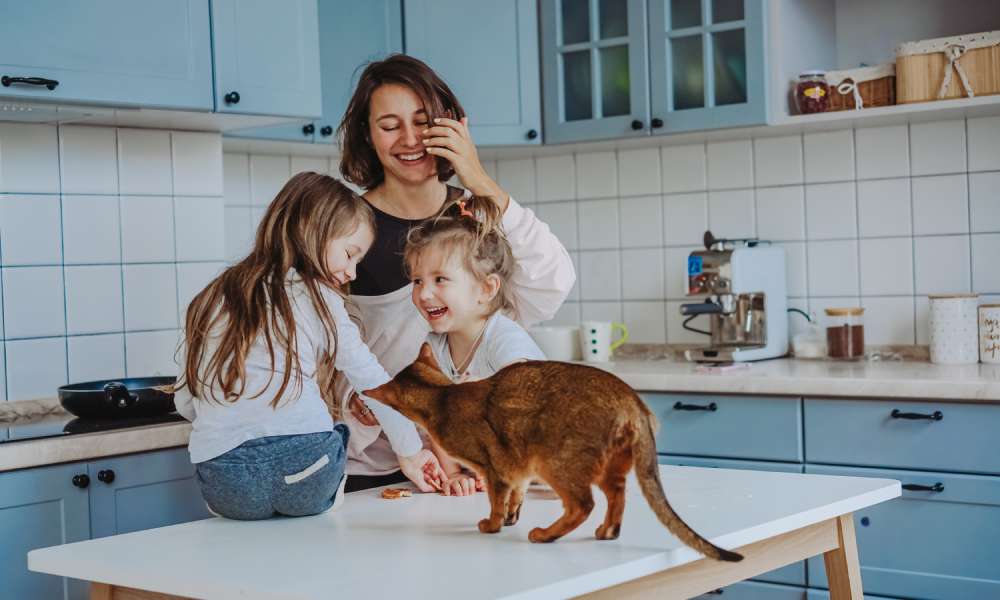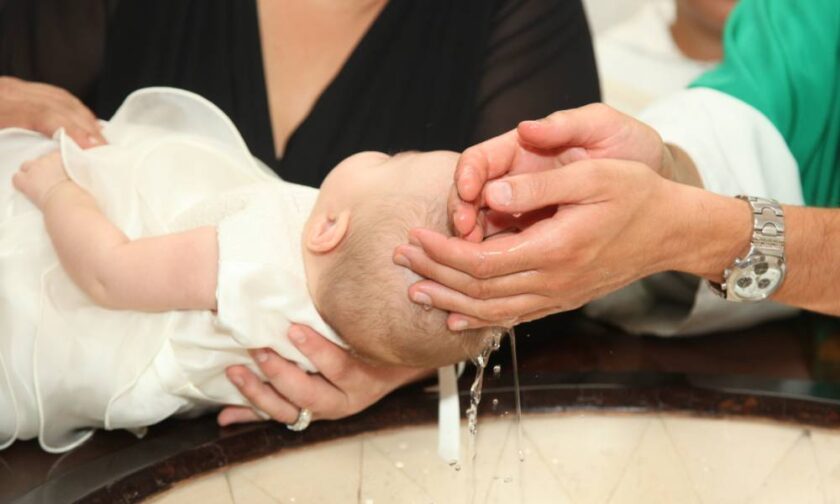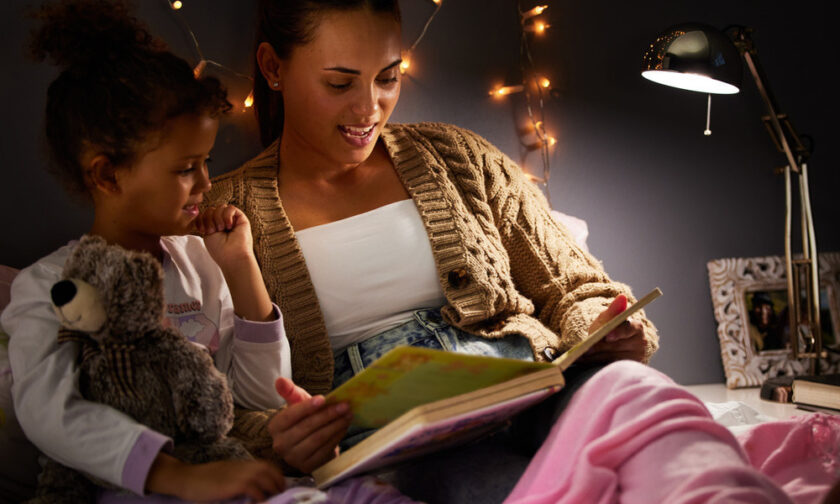Pets bring so much to our lives. If your family is ready to add a cat to the crew, you’re in for fuzzy cuddles and lots of love. However, cats can be destructive, and managing this while staying on top of a full household might seem overwhelming. Don’t worry. You can easily add a four-legged best friend to the family without wreaking havoc on your lifestyle. Here are tips for creating a feline-friendly home.
Create Cozy Napping Spots
Cats love to nap—a lot. Providing cozy napping spots around your house can make your home more welcoming to your feline friend. Place soft beds, pads, and blankets in corners around your home. Cats tend to feel safe and secure in confined spaces, so a cozy cat cave or a small box can be particularly inviting.
Set Up Scratching Stations
Scratching is a natural behavior for cats; it helps them maintain their claws and mark their territory. However, it’s one of their most annoying traits when it comes to your furniture.
To save your furniture from being torn apart, set up a few scratching posts and pads around your home. Offer a variety of textures like sisal, cardboard, and carpet to see which your cat prefers. If your cat starts scratching something you don’t want them to, simply pick them up and redirect them to a scratching post or pad.
Provide Plenty of Toys
A bored cat can become a mischievous cat, resulting in frustrating behaviors. To keep your feline entertained, stock up on toys. Here are some great options:
- Feather wands
- Laser pointers
- Stuffed mice
- Catnip balls
- Toys that move on their own
Also, though not technically a toy, a cat tree is a must-have. It gives your cat a place to explore, climb, hide in, scratch, and nap—an all-in-one playground to keep them busy.
Protect What You Don’t Want Chewed
Cats are naturally curious creatures and will investigate every nook and cranny of your home. Often, this includes chewing on things they shouldn’t, such as shoes and cords. Not only do you want to keep these valuable items in good condition, but they can also be dangerous for your cat to chew and ingest.
Therefore, cat-proof what you don’t want chewed. For electrical cords, when choosing between braided and non-braided cables, choose braided varieties. You can also get cords wrapped in metal for extra protection.
For shoes, keep them inside a container with a lid. For small items like rubber bands, hair ties, and jewelry, keep these out of your cat’s reach, as they can pose choking hazards.
Get a Self-Cleaning Litter Box
As a full-time mom, you won’t want to spend time scooping out your cat’s litter box. However, this chore cannot be ignored. A neglected litterbox is unsightly and a health hazard.
A great solution is a self-cleaning litterbox. Though a bit of a splurge, you’ll be grateful for not having to deal with your cat’s messes each day.
Remove Toxic Plants
Many common household plants can be toxic to cats, so it’s important to ensure that your home is free of these hazards. Here are some common household plants that are particularly dangerous to cats:
- Lilies
- Poinsettias
- Philodendrons
- Azaleas
- Aloe
- Asparagus fern
- Pothos
- Jade plants
- Snake plants
There are many more, however, so make sure you check before adding a new plant to your home.
Before you add a cat to your family, follow through with these tips for creating a feline-friendly home. Doing so will create a space your cat thrives in and minimize any frustrating destructive behavior.






